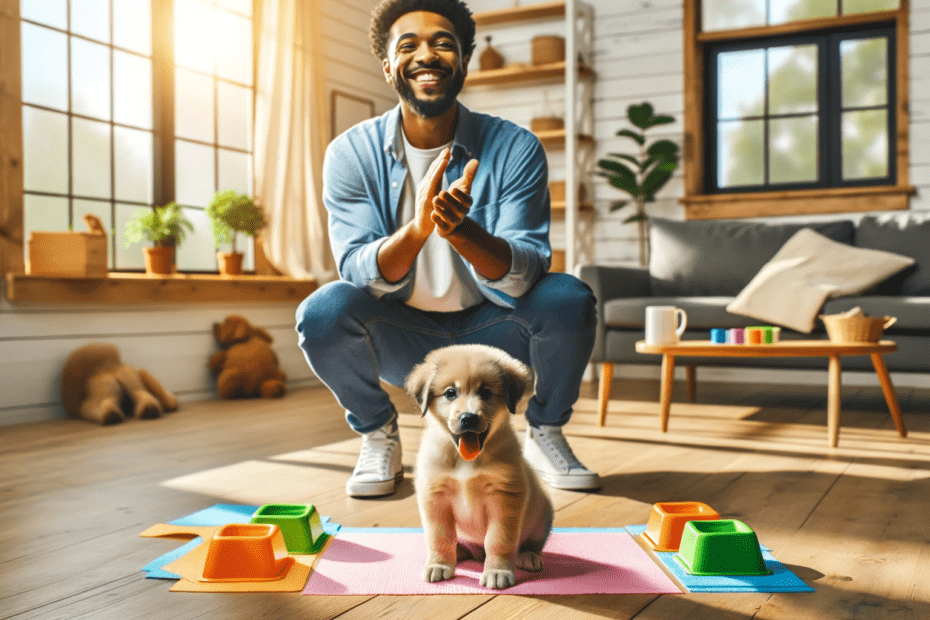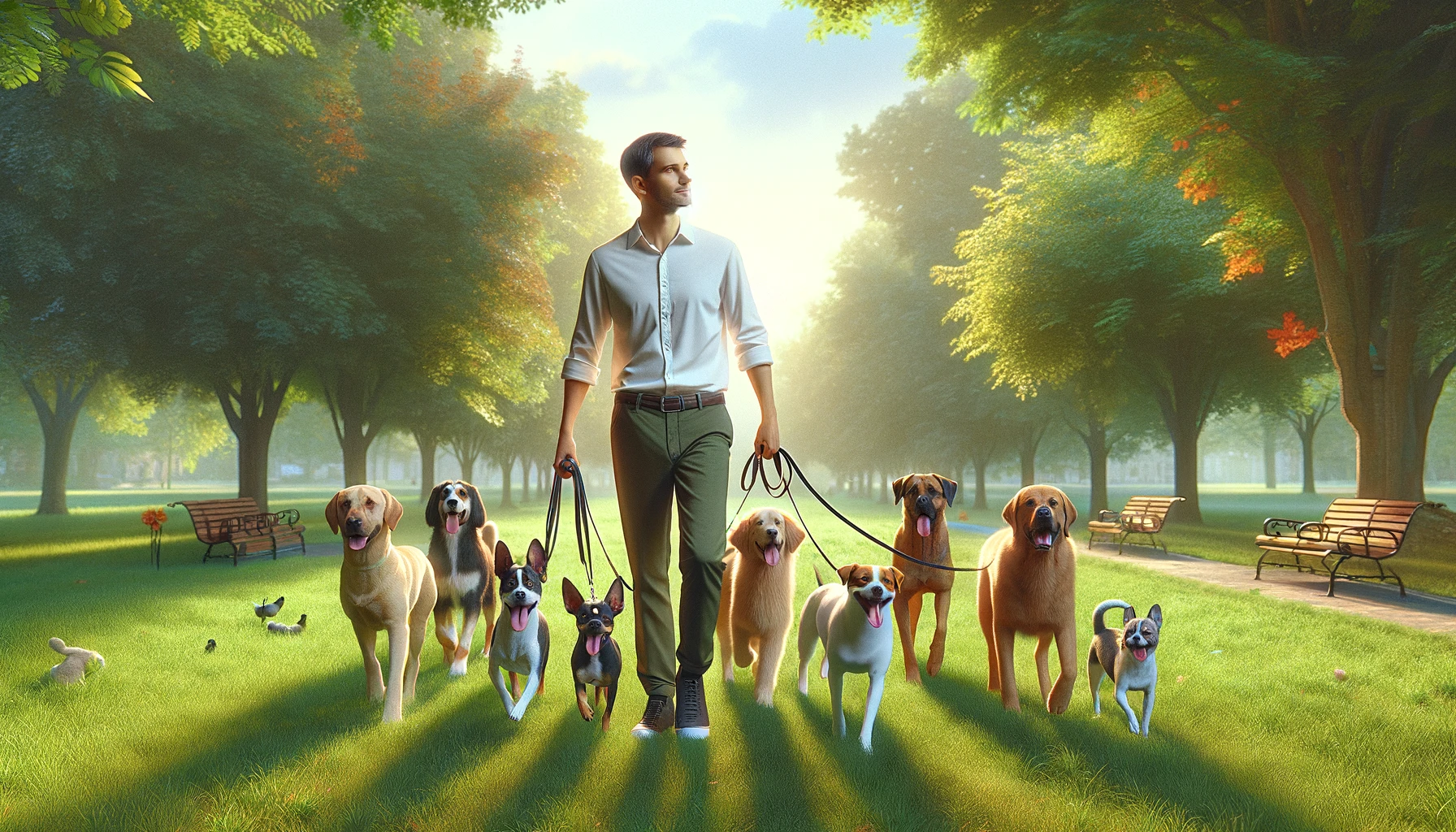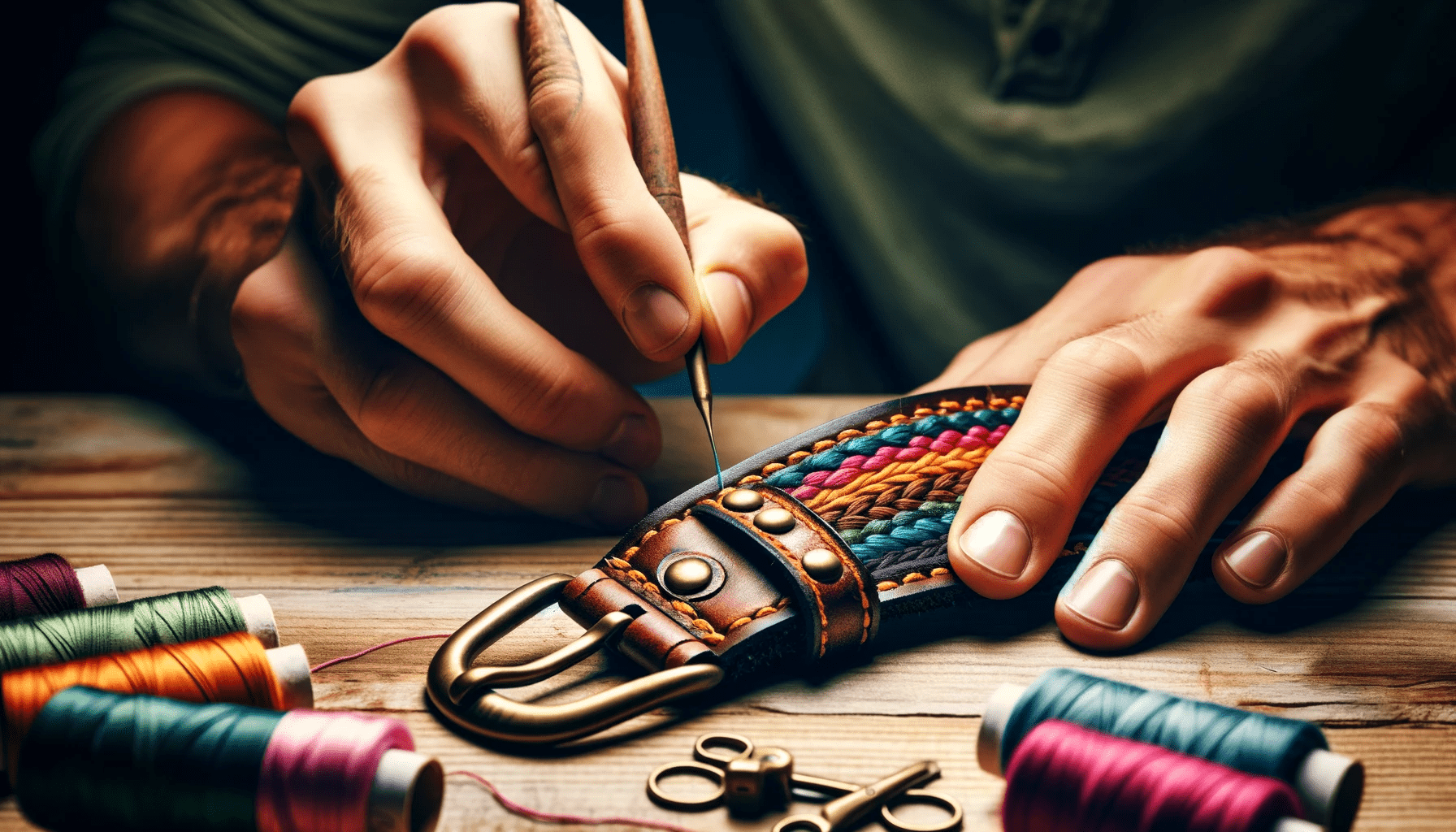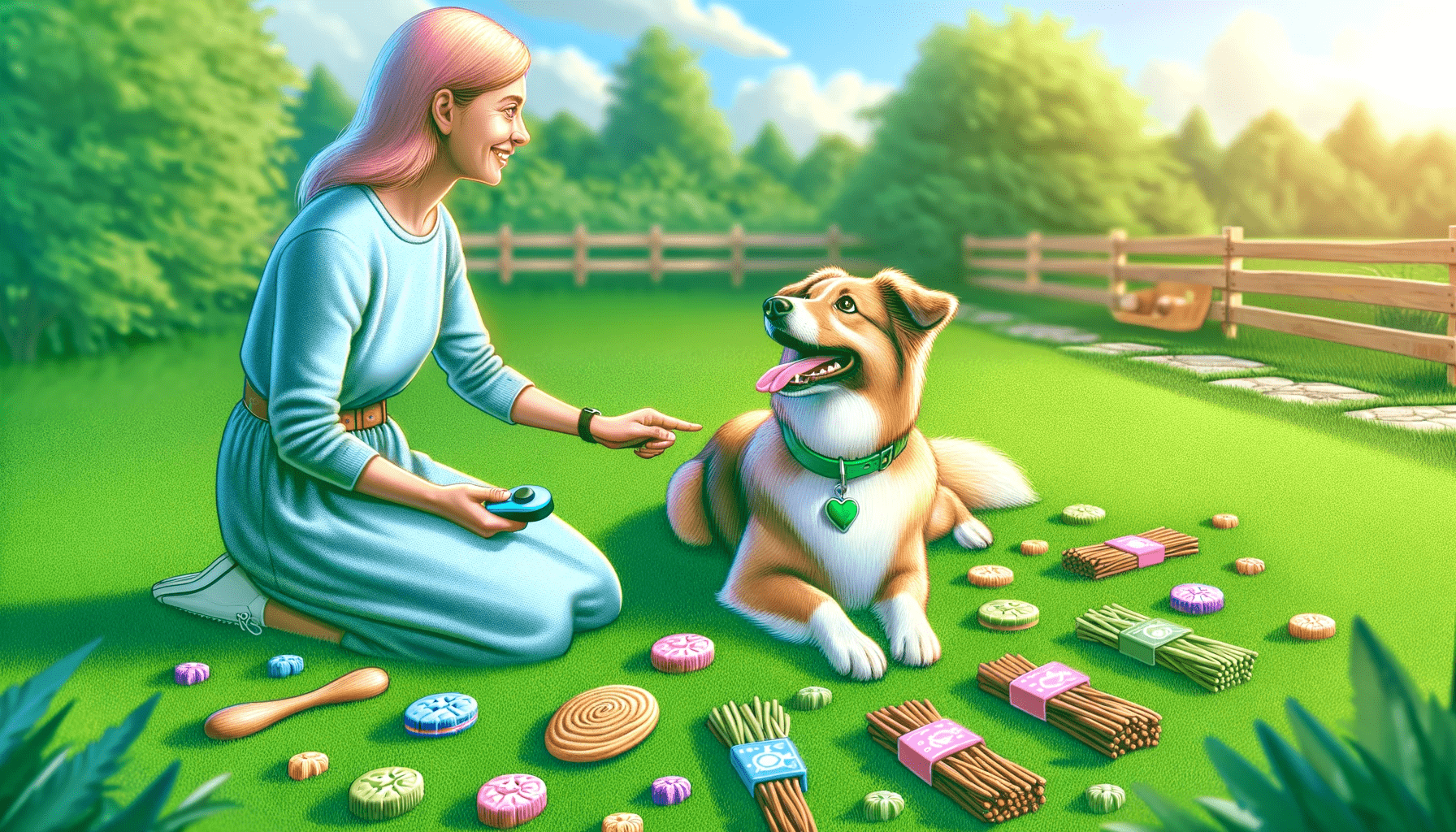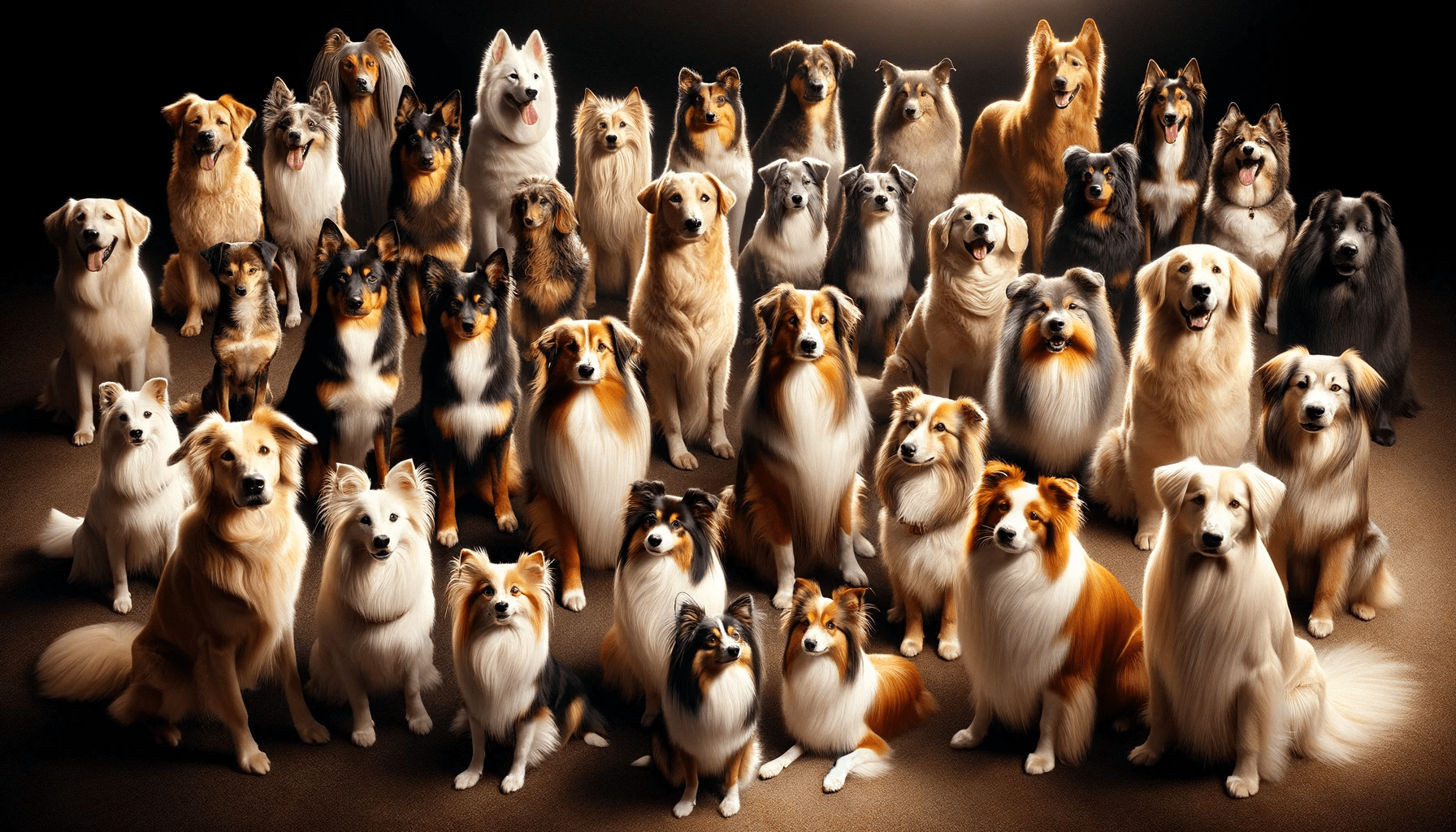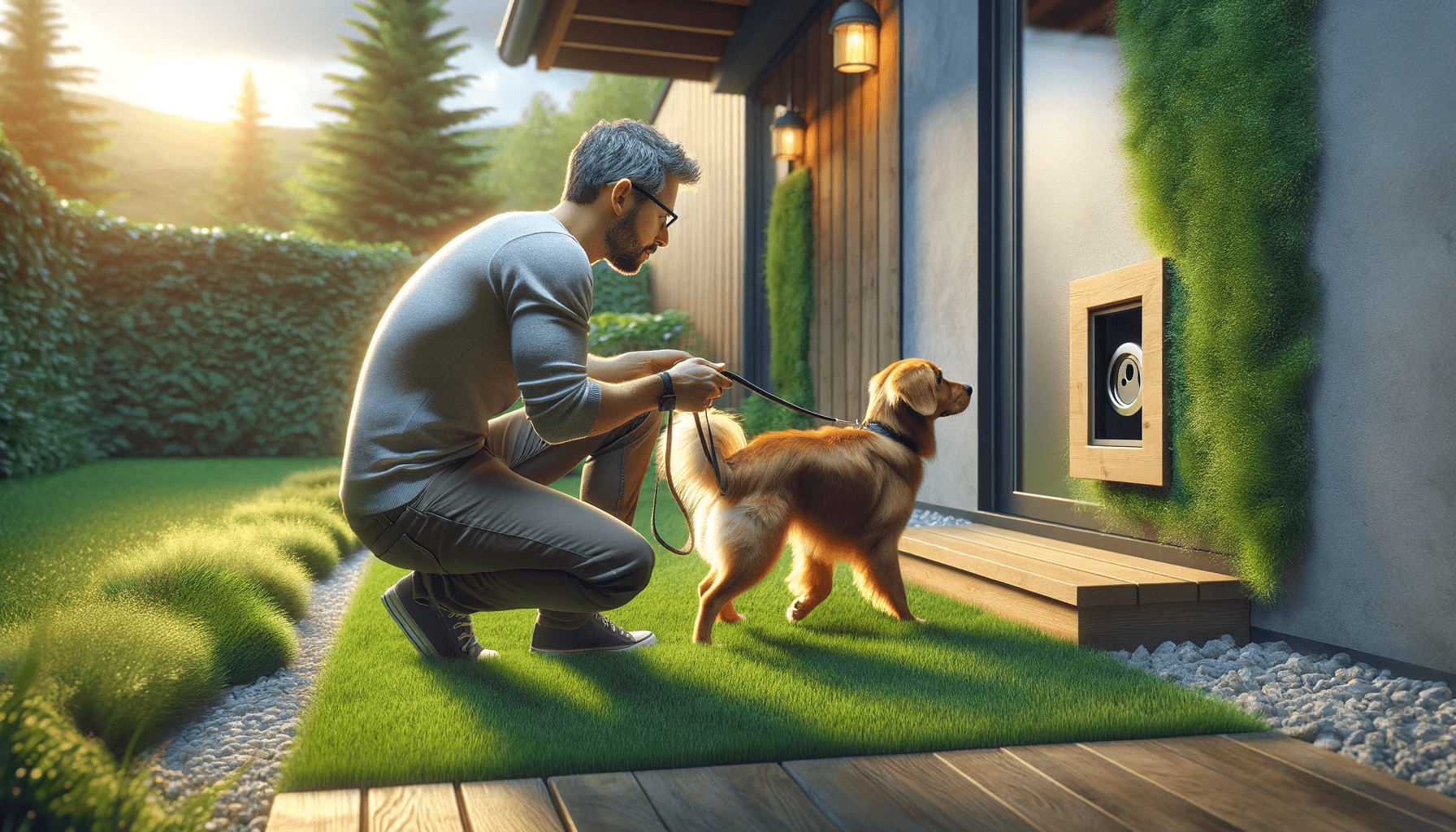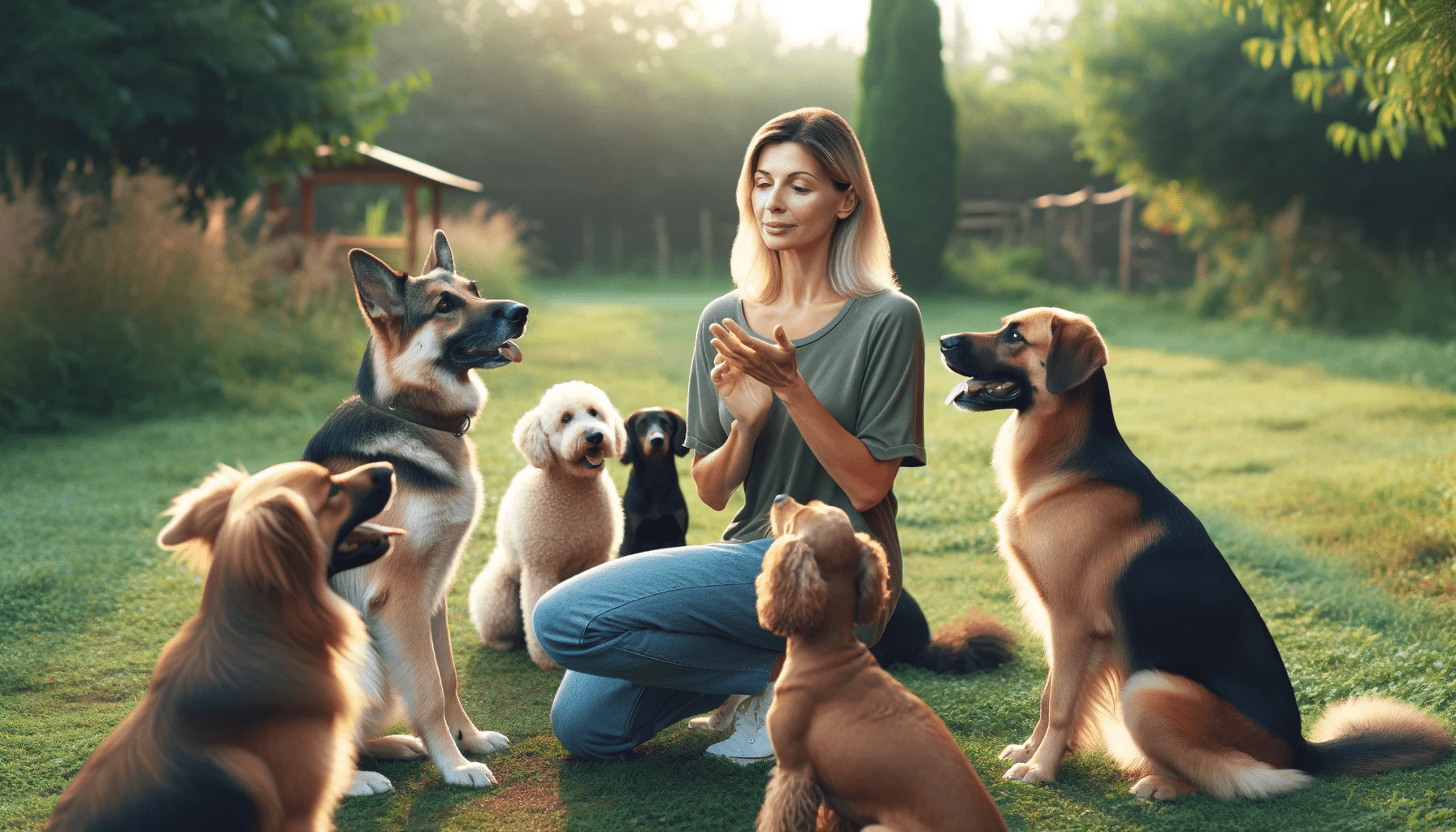Are you tired of cleaning up messes from your puppy's accidents? Look no further! This article will provide you with proven strategies to effectively potty train your furry friend.
By establishing a consistent routine, using positive reinforcement techniques, and utilizing crate training, you'll be well on your way to a house-trained puppy.
Remember to supervise and monitor your puppy closely, and clean up accidents promptly.
Say goodbye to those messy mishaps and hello to a well-trained pup!
Key Takeaways
- Establish a consistent routine and schedule for your puppy's feeding and bathroom breaks.
- Use positive reinforcement techniques, such as treats and verbal praise, to reward your puppy for eliminating in the appropriate area.
- Utilize crate training to create a safe and comfortable space for your puppy, and associate the crate with positive experiences.
- Supervise and monitor your puppy closely, keeping an eye out for signs that they need to go potty, and take them outside immediately after waking up, eating, or playing.
Establish a Consistent Routine
To successfully potty train your puppy, you should consistently take them outside to relieve themselves every few hours. Establishing a consistent routine is crucial for both you and your furry friend. Why? Well, puppies thrive on routine and predictability. By sticking to a schedule, you're setting clear expectations and helping your puppy understand when and where they should go potty.
But what happens when potty training regression occurs? Don't panic! It's normal for puppies to have setbacks along the way. They might've accidents indoors or forget their training momentarily. The key is to remain patient and consistent. Go back to the basics and reinforce the training techniques you've already implemented. Remember, consistency is the key to success!
Now, let's talk about managing accidents in public places. It's bound to happen at some point, especially when you're out and about with your puppy. The first step is to stay calm and handle the situation discreetly. Carry some cleaning supplies, like pet-safe wipes or a portable spray cleaner, to quickly tackle any mess. Remember, accidents are a part of the learning process, so don't be too hard on yourself or your puppy.
Use Positive Reinforcement Techniques
Establishing a consistent routine and using positive reinforcement techniques are essential for successfully potty training your puppy. By incorporating clicker training methods and reward-based training techniques, you can effectively communicate with your furry friend and encourage the desired behavior.
Here are five practical strategies to help you with potty training:
- Clicker Training: Use a clicker to mark the moment your puppy successfully eliminates in the designated spot. This distinct sound helps them associate it with a positive outcome.
- Treat Rewards: Reward your puppy with a tasty treat immediately after they eliminate in the appropriate area. This positive reinforcement strengthens the connection between going potty in the right place and receiving a reward.
- Verbal Praise: Alongside treats, use enthusiastic verbal praise such as 'Good job!' or 'Well done!' to let your puppy know they've done something right. Positive words of affirmation can motivate them to repeat the behavior.
- Consistency: Stick to a consistent schedule for feeding, playtime, and potty breaks. Predictable routines help your puppy understand when they should expect to go outside and reduce accidents indoors.
- Patience and Persistence: Remember that every puppy is unique, and potty training takes time. Be patient and persistent, consistently reinforcing desired behaviors and redirecting accidents to the appropriate spot.
Utilize Crate Training
To effectively utilize crate training for potty training your puppy, create a comfortable and safe space that they can view as their own. A crate can serve as your puppy's den, a place where they feel secure and relaxed. When choosing a crate, make sure it's large enough for your furry friend to stand up, turn around, and lie down comfortably. Introduce the crate gradually, allowing your puppy to explore it at their own pace. Place soft bedding and toys inside to make it inviting.
Now, let's talk about effective crate training methods. Firstly, associate the crate with positive experiences. Encourage your puppy to enter the crate by using treats or their favorite toy. Make it a positive and rewarding experience for them. Secondly, establish a routine. Take your puppy outside to relieve themselves before placing them in the crate and do the same immediately after letting them out. This consistency will help reinforce the idea that the crate is a space for rest, not for eliminating.
When crate training, it's important to avoid common mistakes. Never use the crate as a form of punishment. It should always be a positive and safe space for your puppy. Additionally, avoid leaving your puppy in the crate for extended periods of time. Puppies have small bladders and can't hold their urine for long periods. Gradually increase crate time as your puppy becomes more comfortable and can control their bladder for longer.
Supervise and Monitor Your Puppy
As you continue potty training your puppy, it's crucial to closely supervise and monitor their behavior. This won't only help you catch accidents in the act but also allow you to reinforce positive behavior and correct any mistakes in real-time. Here are some proven strategies to effectively supervise and monitor your puppy:
- Puppy proof your house: Before you begin potty training, make sure to remove any hazardous objects or valuable items that your puppy could chew on or destroy. This will create a safe and controlled environment for both you and your furry friend.
- Set clear boundaries: Establish specific areas where your puppy is allowed to roam freely and areas that are off-limits. Use baby gates or closed doors to restrict access to certain parts of your house. This will prevent your puppy from having accidents in forbidden areas and help them understand where they're supposed to go potty.
- Keep a close eye on your puppy: Whenever your puppy is out of their designated potty area or crate, keep a watchful eye on them. Look for signs that they need to go potty, such as sniffing the ground or circling around. By being attentive, you can quickly redirect them to the appropriate spot.
- Use positive reinforcement: When your puppy goes potty in their designated area, immediately reward them with praise, treats, or playtime. This positive reinforcement will reinforce the desired behavior and encourage them to continue using the correct spot.
- Take frequent potty breaks: Young puppies have small bladders and need to go potty more frequently. Take them to their designated potty area every 1-2 hours and after meals, naps, playtime, or any signs of restlessness. This will minimize accidents and help them develop a routine.
Clean up Accidents Promptly
To effectively manage the potty training process, promptly clean up any accidents that occur. Accidents are bound to happen during the potty training phase, and it's important to address them promptly. Not only does cleaning up accidents prevent any unpleasant odors from lingering, but it also helps teach your puppy where to go potty.
First and foremost, it's crucial to understand how to prevent accidents in the first place. Make sure to supervise your puppy at all times, especially during the early stages of potty training. By keeping a close eye on them, you can quickly intervene and redirect them to the appropriate spot if you notice any signs that they need to go. Additionally, establish a consistent feeding and bathroom schedule. This routine will help regulate your puppy's bathroom habits and reduce the chances of accidents.
Teaching your puppy where to go potty is another essential aspect of potty training. Choose a designated spot in your yard or inside your home, such as a specific area in the backyard or a puppy training pad. Take your puppy to this spot consistently, especially after meals and naps, and reward them with praise and treats when they eliminate in the correct place. This positive reinforcement will reinforce the desired behavior and help them understand where they should go.
When accidents happen, it's crucial to clean them up promptly. Use an enzymatic cleaner specifically designed for pet accidents to eliminate any lingering odors. This will help prevent your puppy from returning to the same spot to eliminate in the future.
Frequently Asked Questions
How Long Does It Typically Take to Fully Potty Train a Puppy?
Potty training your puppy can take several weeks, depending on their age and breed. There are effective methods to speed up the process. Consistency, positive reinforcement, and frequent bathroom breaks are key.
What Are Some Signs That My Puppy Needs to Go Potty?
When your puppy needs to go potty, they may start sniffing, circling, or whining. To encourage them to go outside, take them to the designated spot consistently and reward them for going.
Should I Punish My Puppy for Having Accidents Indoors?
Shouldn't you reward your puppy for going potty outdoors? Punishing them for accidents indoors isn't effective. Crate training can be a helpful method for potty training puppies.
Can I Use Pee Pads or Newspaper as an Alternative to Outdoor Potty Training?
Yes, you can use pee pads or newspaper as an alternative to outdoor potty training. However, keep in mind that this may confuse your puppy and make it harder for them to understand where they should go.
How Do I Handle Nighttime Potty Training?
To handle nighttime potty training, try these tips for crate training during the night: limit your puppy's water intake before bed, establish a routine, and be consistent with taking them outside to potty.
Conclusion
Congratulations on taking the first steps in potty training your puppy! By establishing a consistent routine, using positive reinforcement techniques, utilizing crate training, and closely monitoring your furry friend, you're well on your way to success.
Remember to clean up accidents promptly and stay patient throughout the process. With time and practice, your puppy will learn where to go potty and become a well-trained member of your family.
Keep up the great work!
